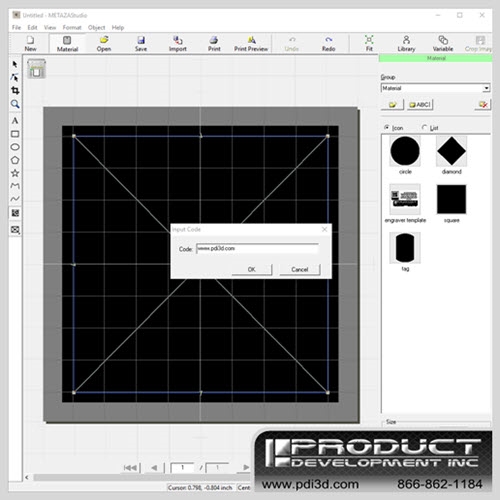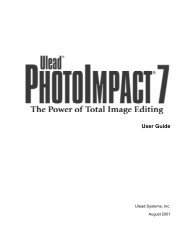
This will pull up the Atmosphere box, choose Basic, then Daytime. Now we are going to do some creating in Vue Infinite (I used version 5 because I created this years ago).

Go back into the Assemble room and close up the little white triangle for the bottle on the Properties Tray and export just the bottle as a. It should look like the photo below (with the plane your choice of color). We are now going to go to the Render room and render it so we can double check to see if the label is in the right position and looks good. I then changed the color of the plane (to a grey), but you do not have to if you do not want to. Internally and Color & Alpha should be checked. On Texture Mapping, on your right you will see a little box, click on the top folder, go to where your label is and import it. The next one down should be Flat Mapping, then Multi Channel, then Texture Mapping. You will probably have to change these to have these exactly like this. On the left-hand column you will see Top Shader. Click on the Label in the Properties Tray and then click on the Texture Room symbolized by the paintbrush up on the very top.

Now, we are going to add the label to the bottle, by adding it as a Texture Map to the cube, which we have renamed, Label. Click enter and in the bottom part of the Properties Tray, it should also say Label. We are going to rename the cube to label by clicking on the top box and highlighting it and retyping label in it. Then change the Refraction on the left hand side to None on it’s drop down list. On the left hand side go down to Transparency, click it, then go to the right, click on the colored box. Now for the oil shader, highlight oil in the bottom Property Tray, then go up to the top, click on the General tab, and click edit for the material. Then change the Transparency and Refraction on the left hand side to None on it’s drop down list. On the left hand side go down to Glow, click it, then go to the right, click on the colored box. For the bottle shader, highlight bottle in the bottom Property Tray, then go up to the top, click on the General tab, and click edit for the material. Leave the cap and the spline object at it’s default material. Now for the materials of each of the bottle’s elements. It should be centered and moved back enough to be in the positioned in front of the face of the bottle. The cube should have the dimensions, x- 2.11, y-.23 and z-5.38. Go up to the Primitive Toolbar, click on the sphere to get the drop down list, then select the cube.

You are going to create a cube for the label to be placed on on the bottle. The spline object (cap lip) should be x- 1.35, y-.42, and z-1.36. The cap of the bottle should be x- 1.43, y-.78, and z-1.43. The oil inside the bottle should be x- 2.78, y-7.49, and z-2.78. Then arrange the bottle in the scene using the Camera Tools on the left side toolbar. I have one more product tutorial to do as a text entry then they get too complicated and I will have to also use video. From our groves in Italy (top – in black) to your table Oliva Naturale (in black text with olive border #838874). You only need one so delete the bottle in the back, laying on it’s side. Go down to the Browse Tray (bottom tray), select packaging, then select oil.
#Photoimpact 12 how to make photo frame edge black pro
First we will create the bottle prototype using Carrara 4 Pro or above. This is the finished ad for Oliva Naturale that we will be creating in this tutorial.


 0 kommentar(er)
0 kommentar(er)
